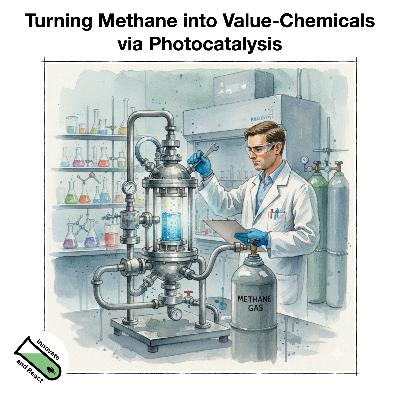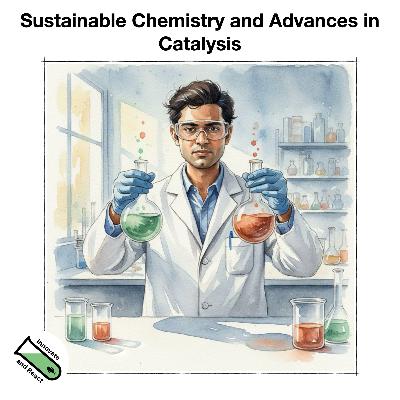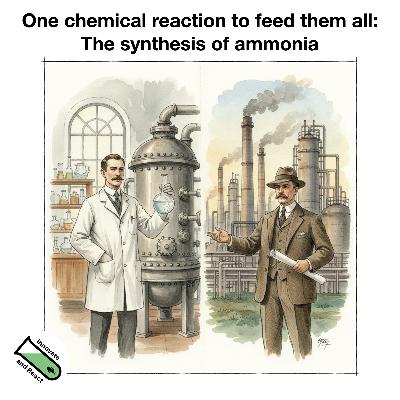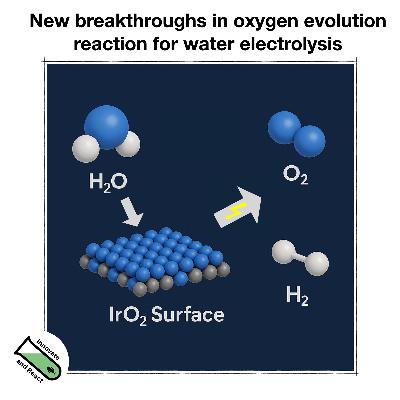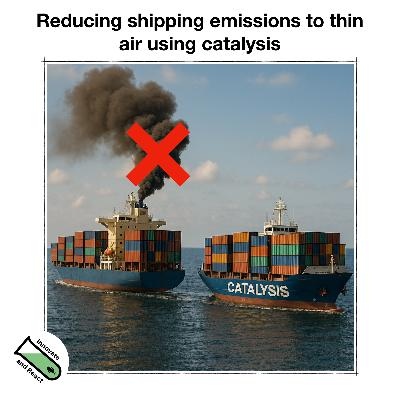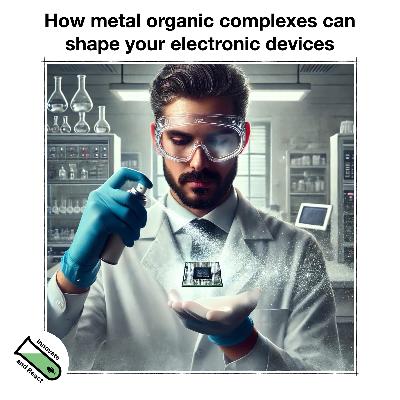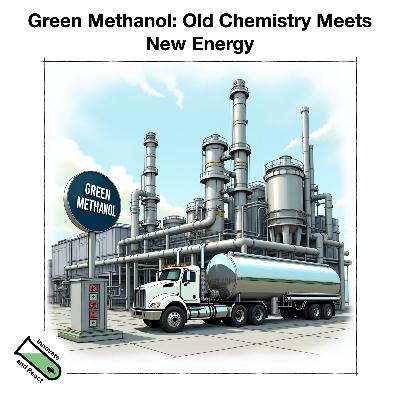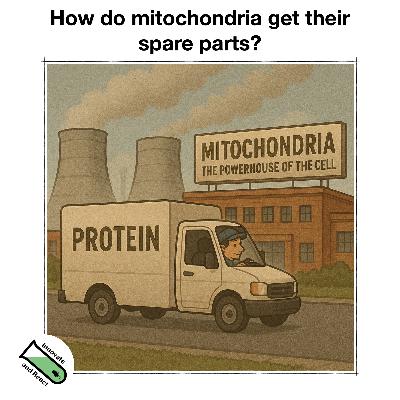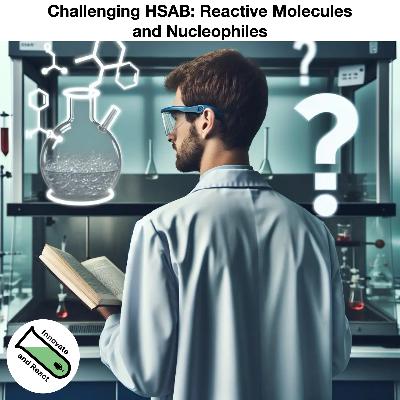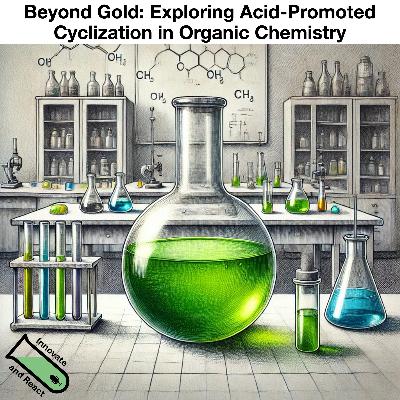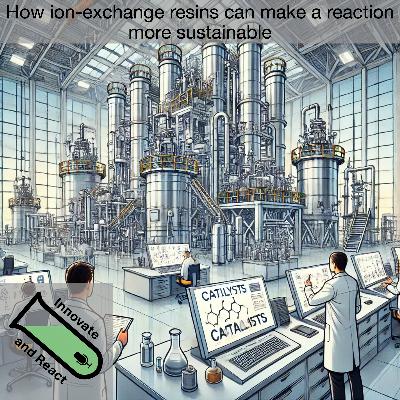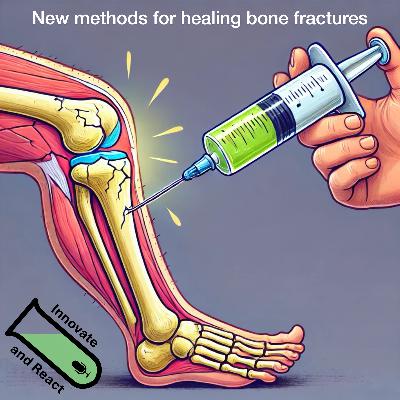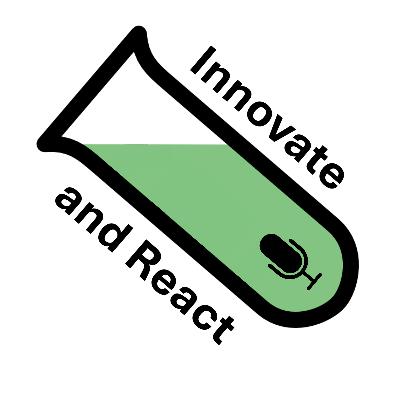Turning Methane into Value-Chemicals via Photocatalysis
Description
Contributors:
Dr. Andrés Álvarez Constantino
Dr. Kevin Hares
In this episode we discuss a novel and sustainable approach to converting methane into valuable chemicals. Currently light hydrocarbons like methane are often simply burned for energy, despite their potential as a carbon source for the chemical industry. Traditional conversion methods like natural gas cracking are energy-intensive, and other functionalization routes require harsh conditions and often toxic chemicals. Dr. Andrés Constantino sharess his research focusing on photocatalysis to achieve the direct functionalization of methane under milder conditions.
The key to this method is a supramolecular catalytic system using FeCl3•6H2O and collidine. When irradiated, the catalyst generates a highly active chlorine radical that efficiently abstracts hydrogen from the inert alkane (methane) to form an alkyl radical. The collidine plays a crucial dual role, acting as a base to quench the resulting HCl and as a ligand that stabilizes the iron tetrachloride core. The radicals were used for allylation chemistry, which retains a useful olefin group in the product.
- 00:47 Why Methane to Value Chemicals?
- 04:17 Limitations of Existing Methods
- 07:40 Allylation vs. Giese Addition
- 10:57 Photocatalysis and the Role of Collidine
- 27:32 Application
Link to the publication: Andrés M. Álvarez-Constantino et al., Attenuated LMCT photocatalysis enables C─H allylation of methane and other gaseous alkanes.Sci. Adv.11, eaea0783(2025). DOI:10.1126/sciadv.aea0783
📩 Got a topic, guest idea, or want to talk about your research? Email me at contact@innovateandreact.com
💬 Connect on LinkedIn | ⭐ Follow & Review the podcast to help others discover it!
☕️ Consider to support the shows production and buy me coffee buymeacoffee.com/innovateandreact
Have questions about this episode? Leave a comment and we’ll get back to you.

